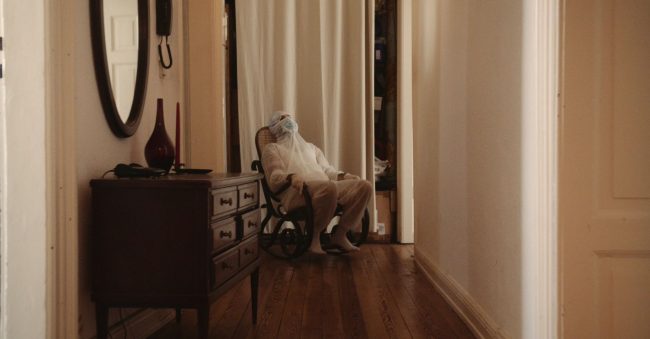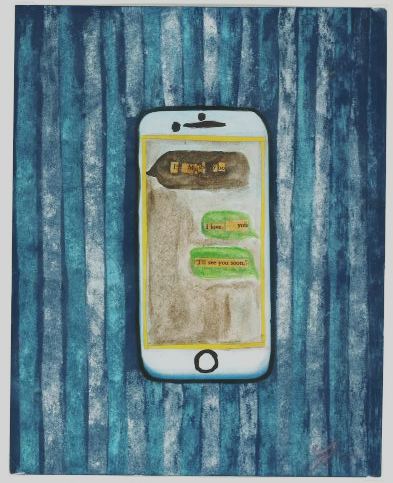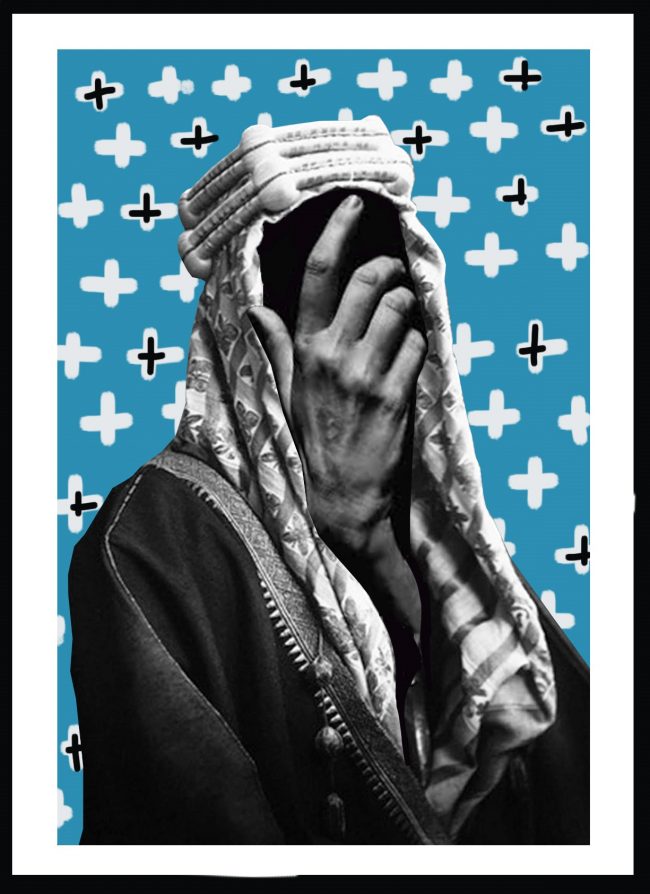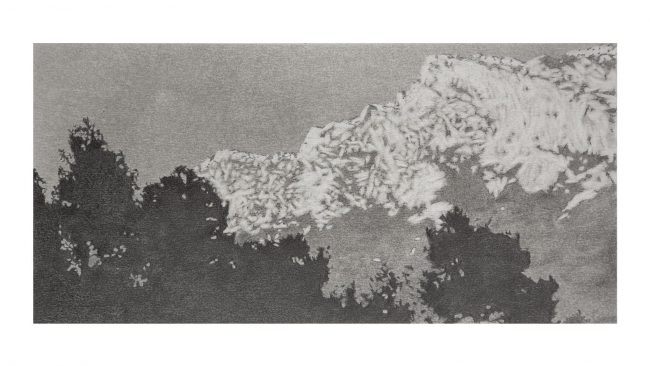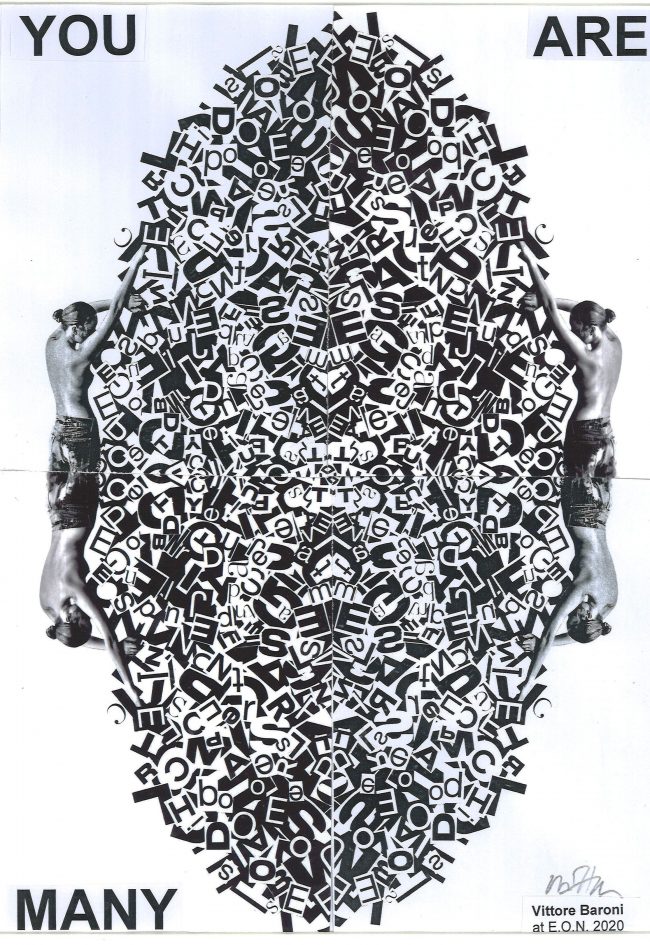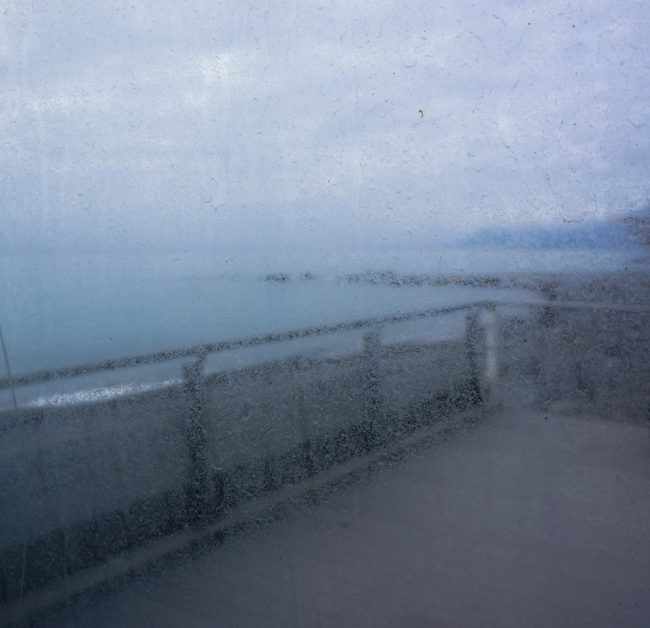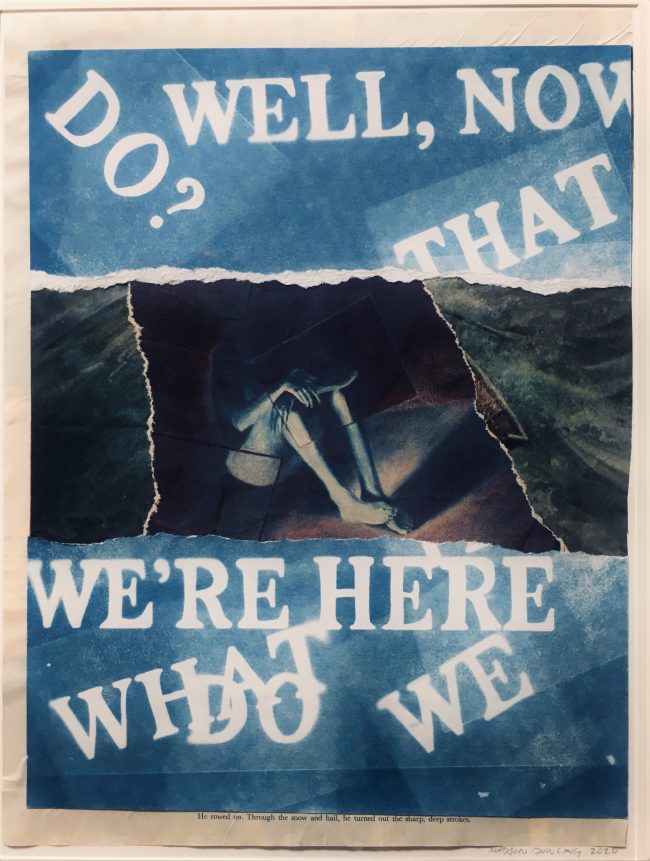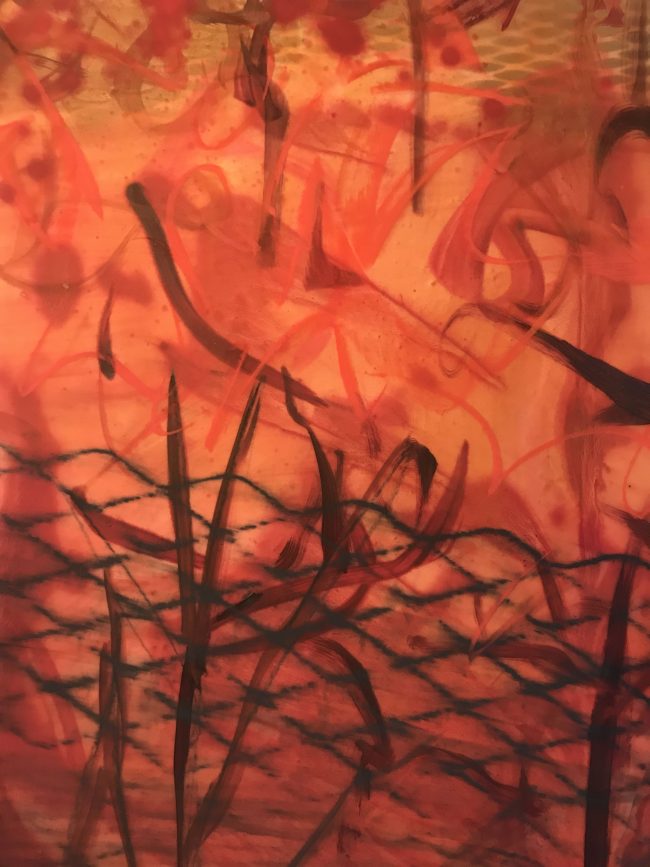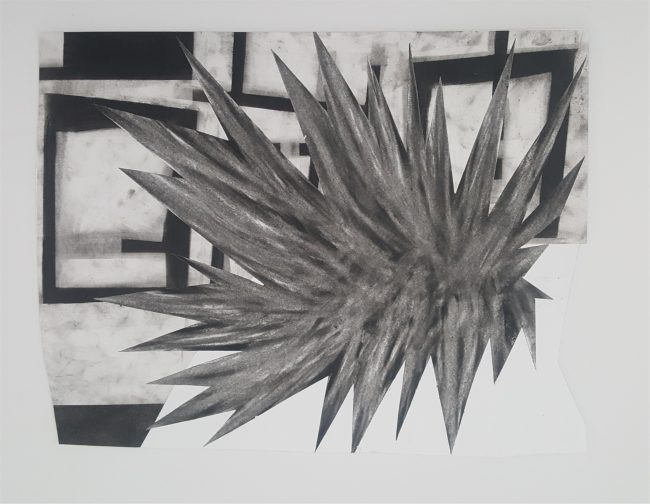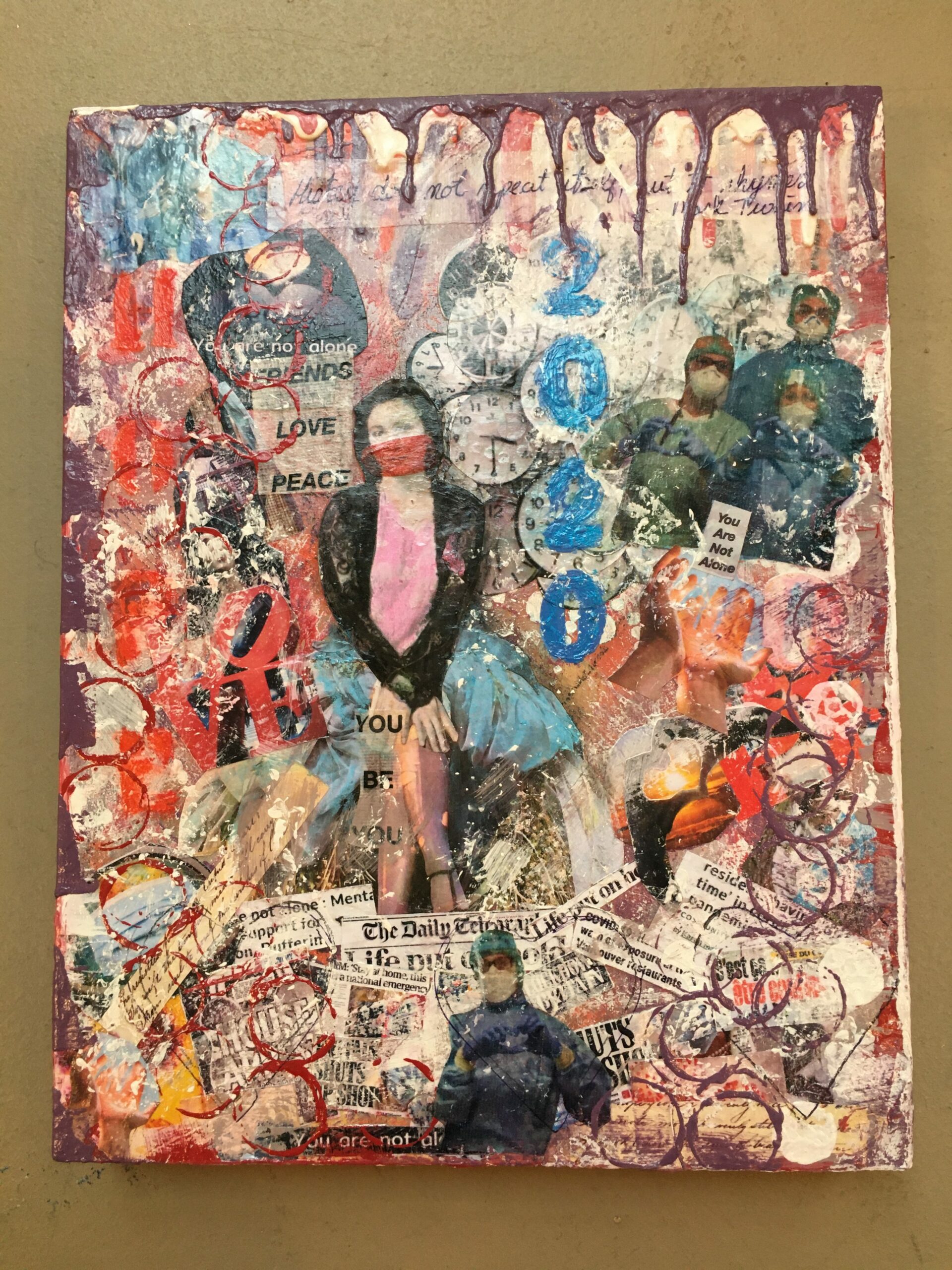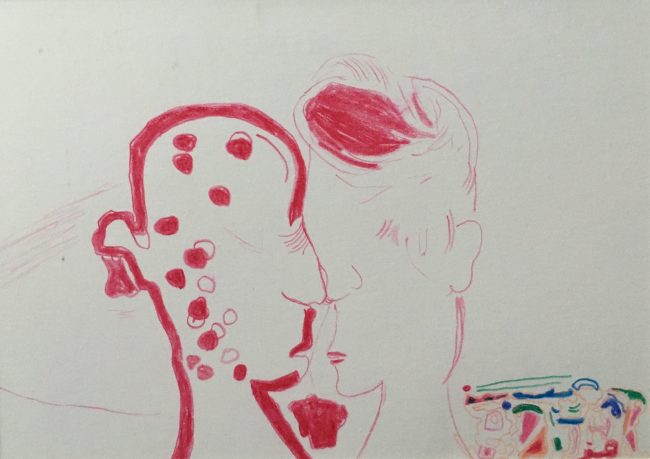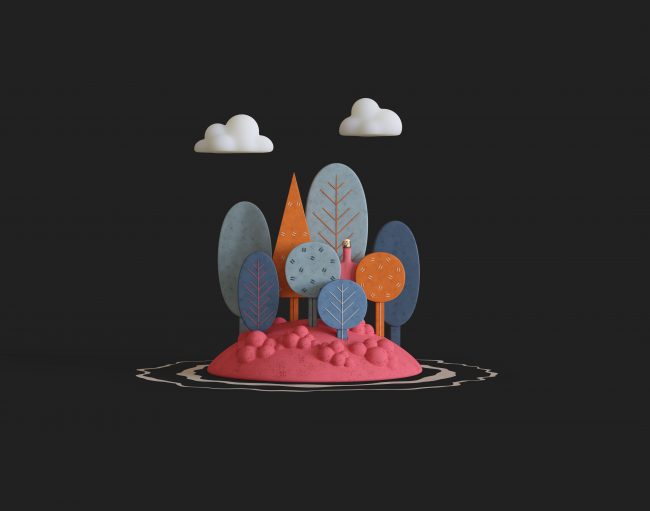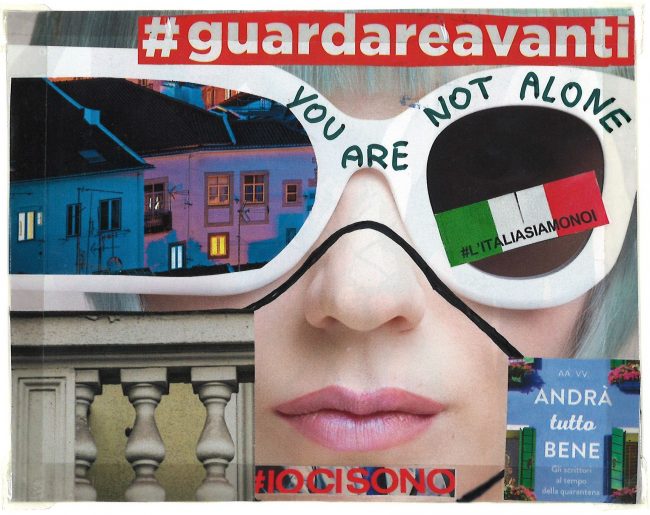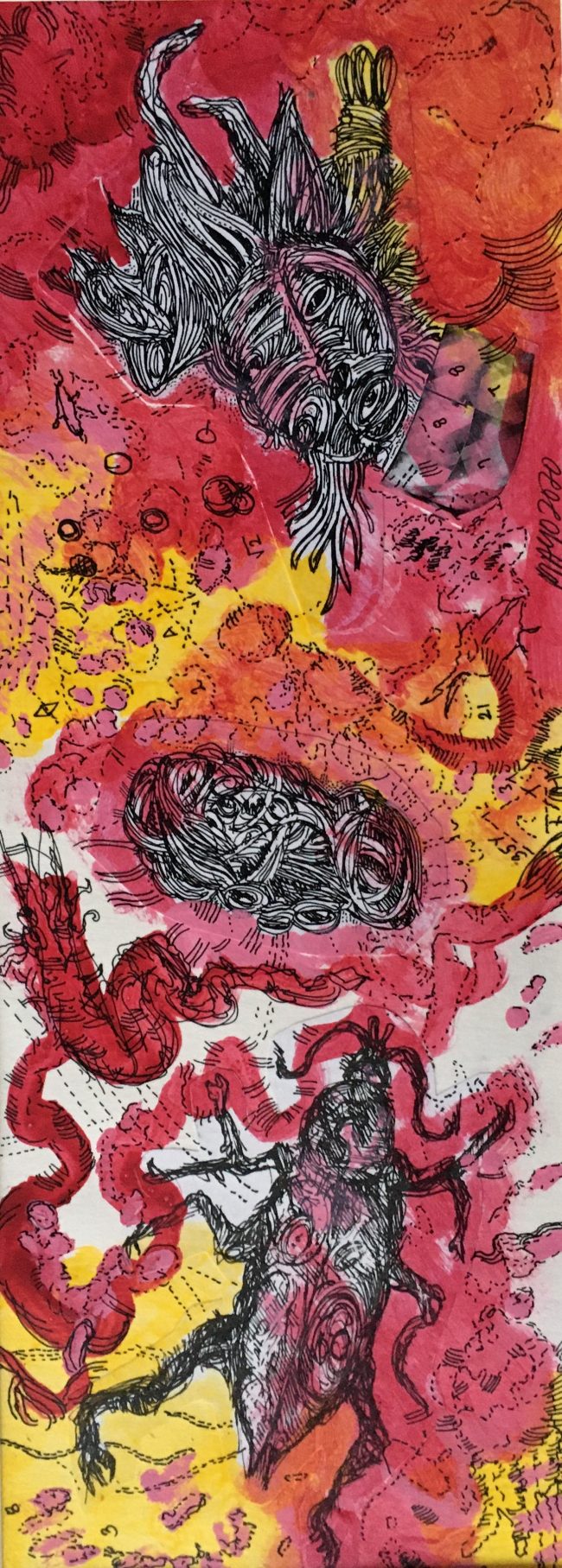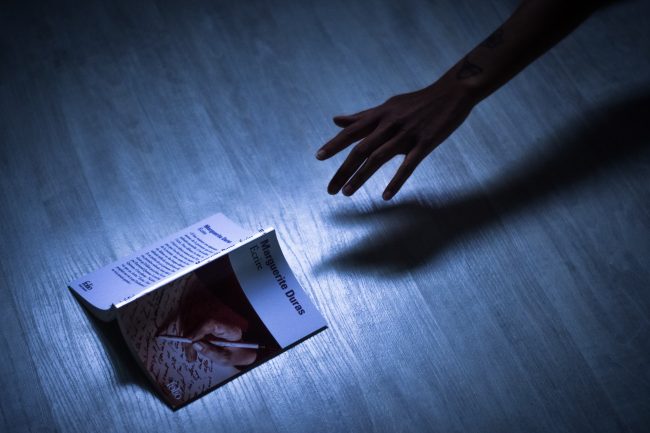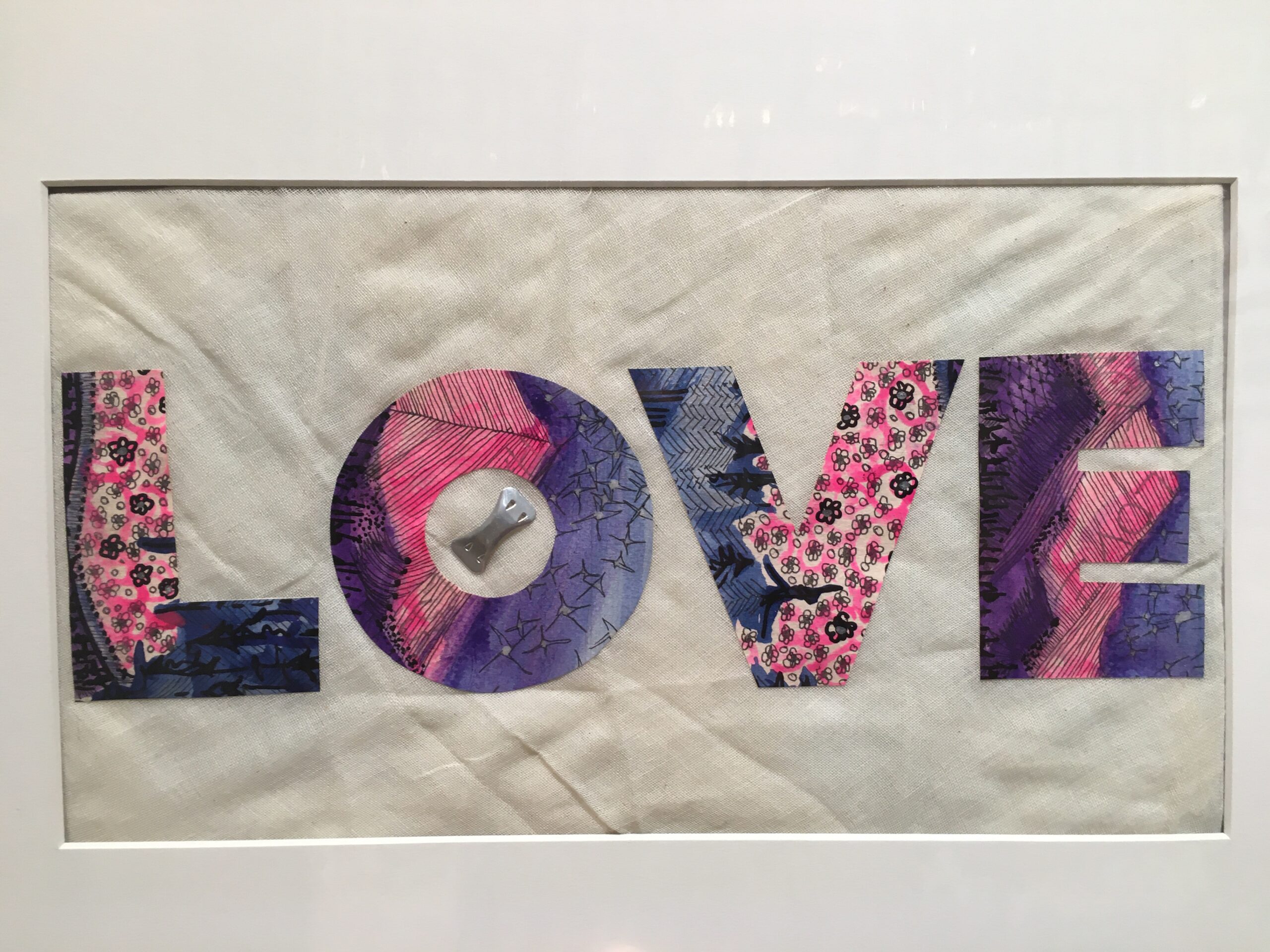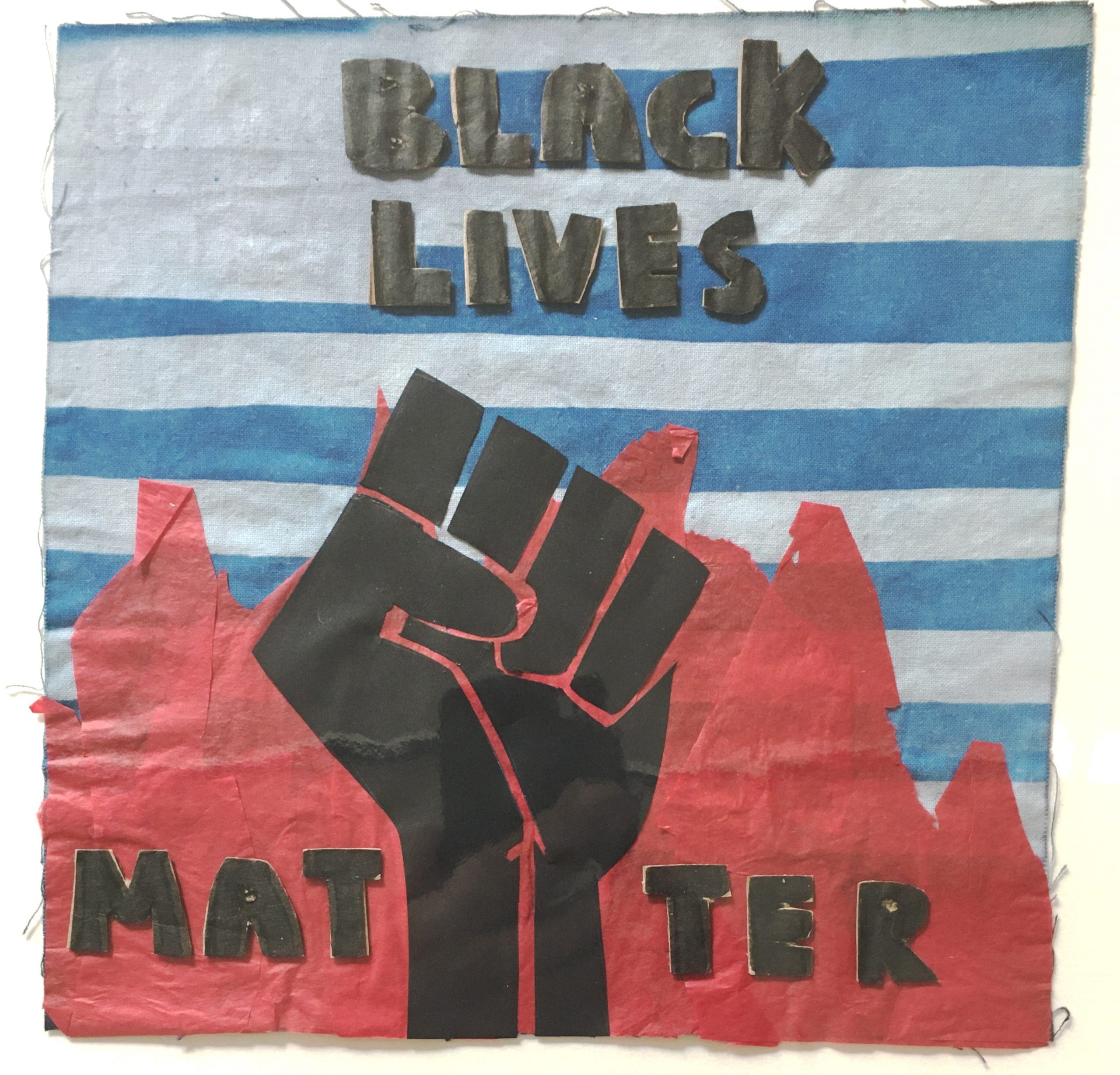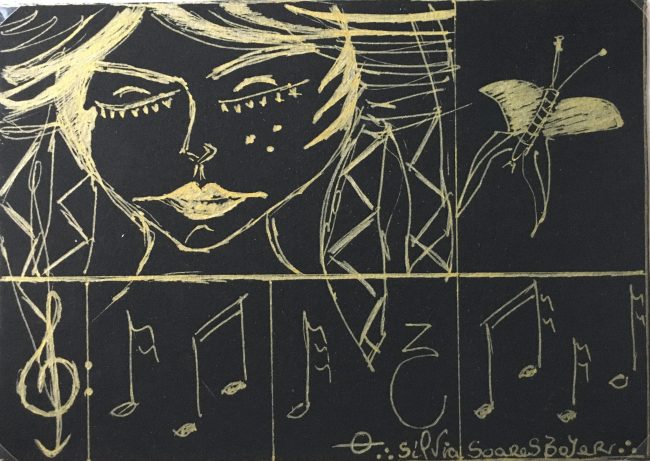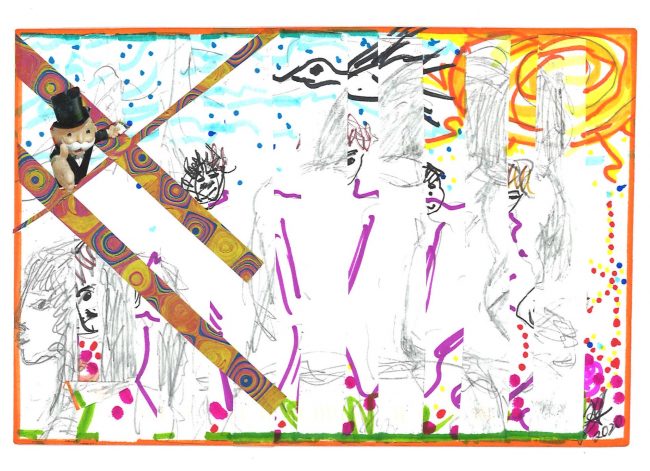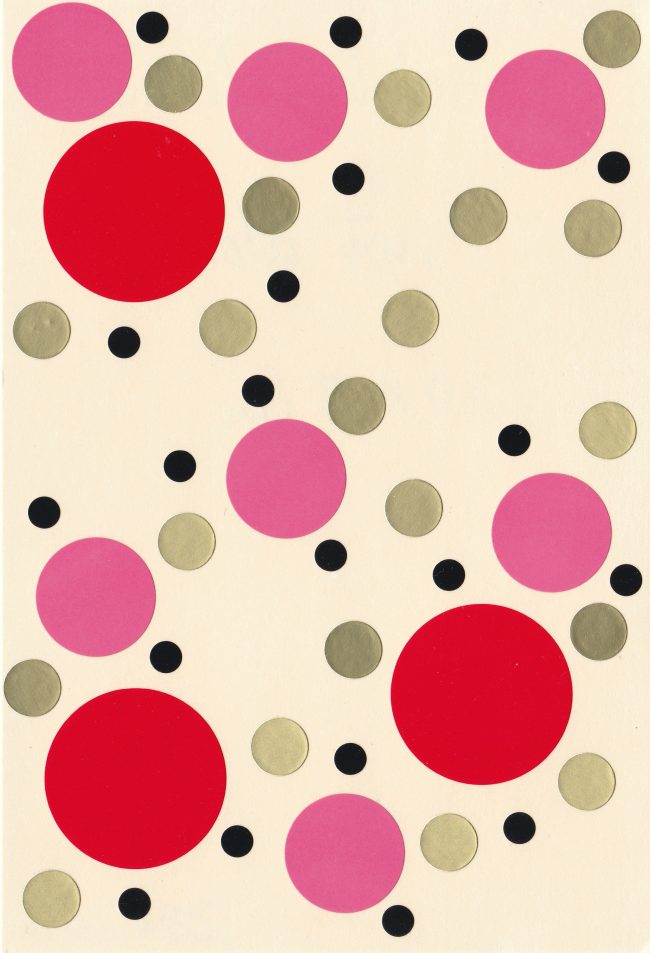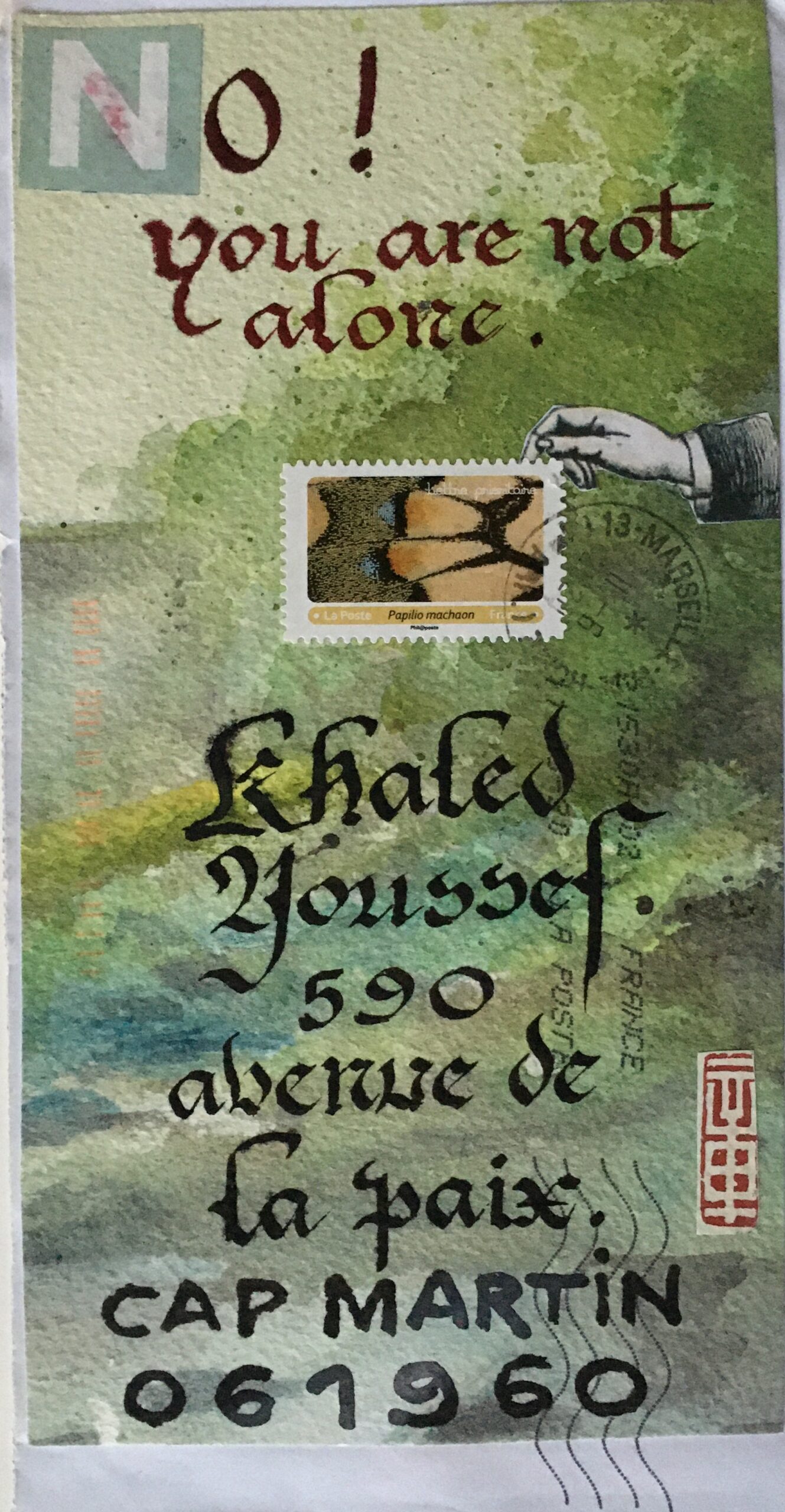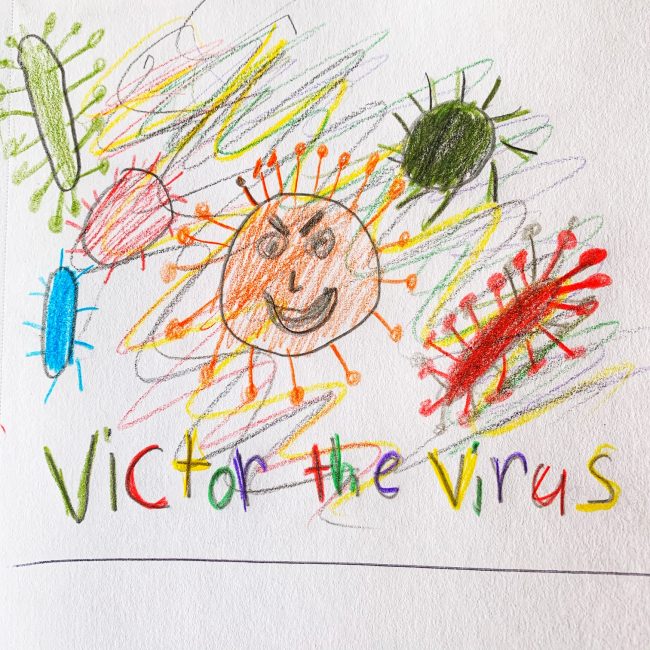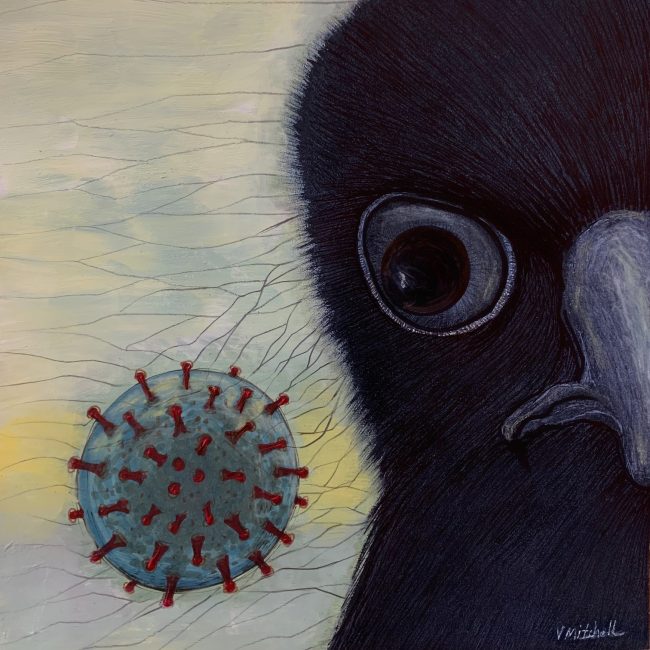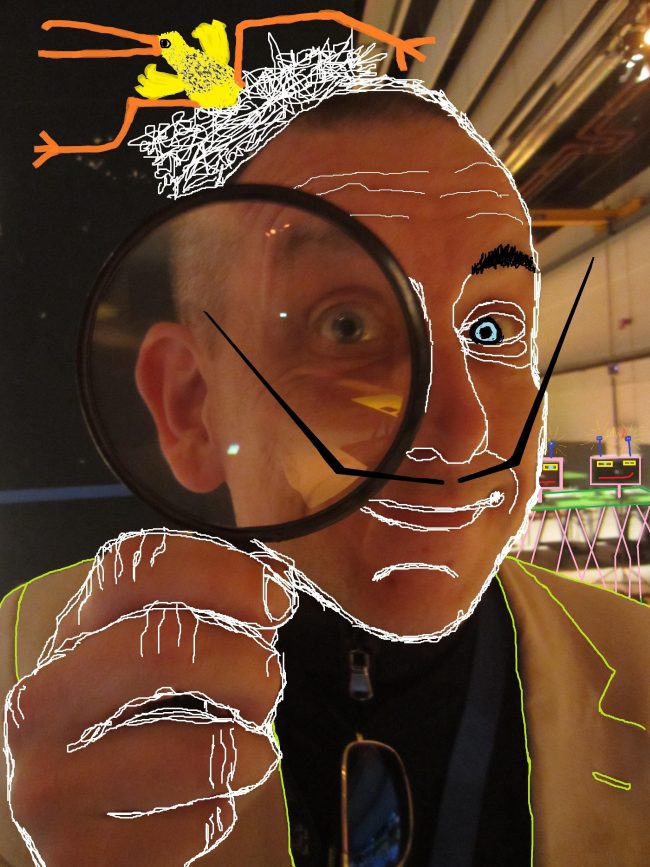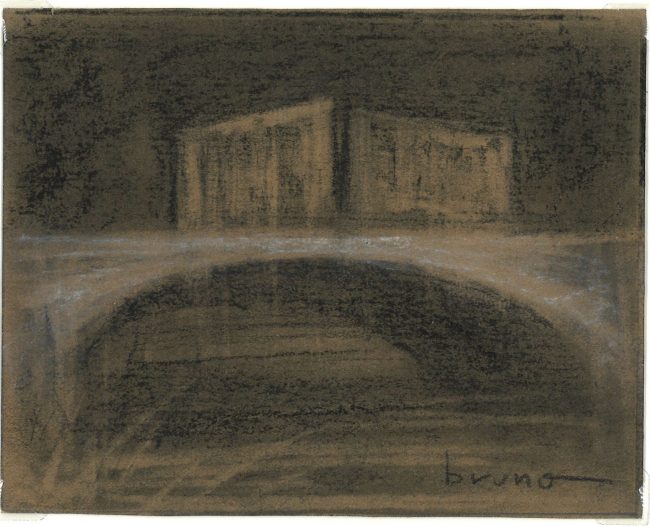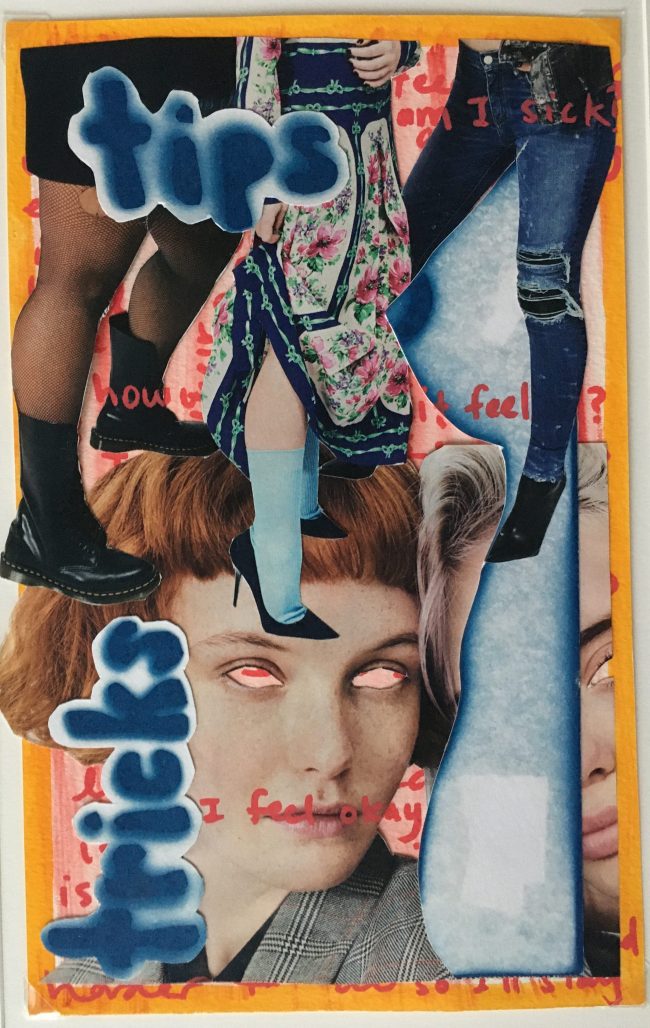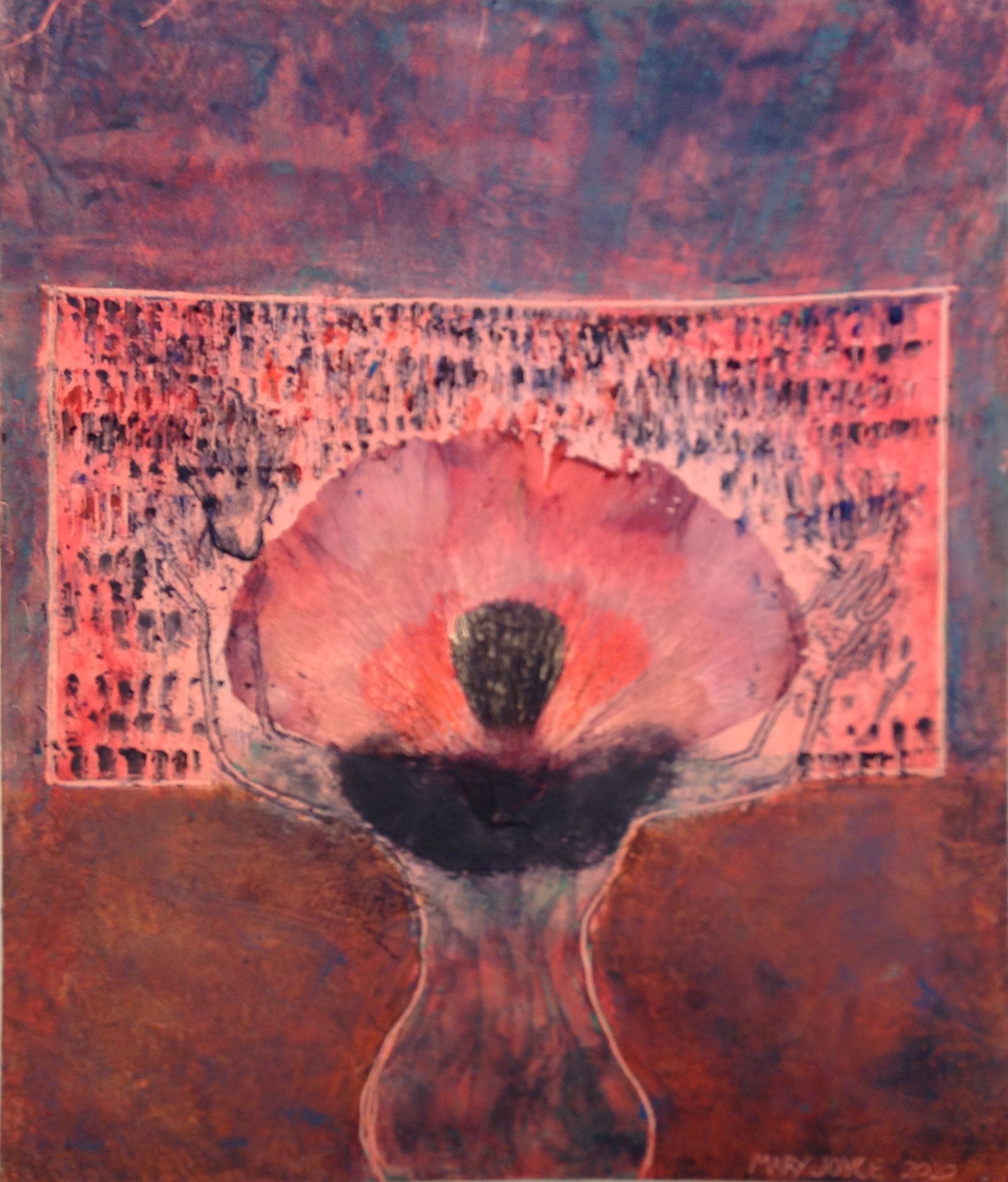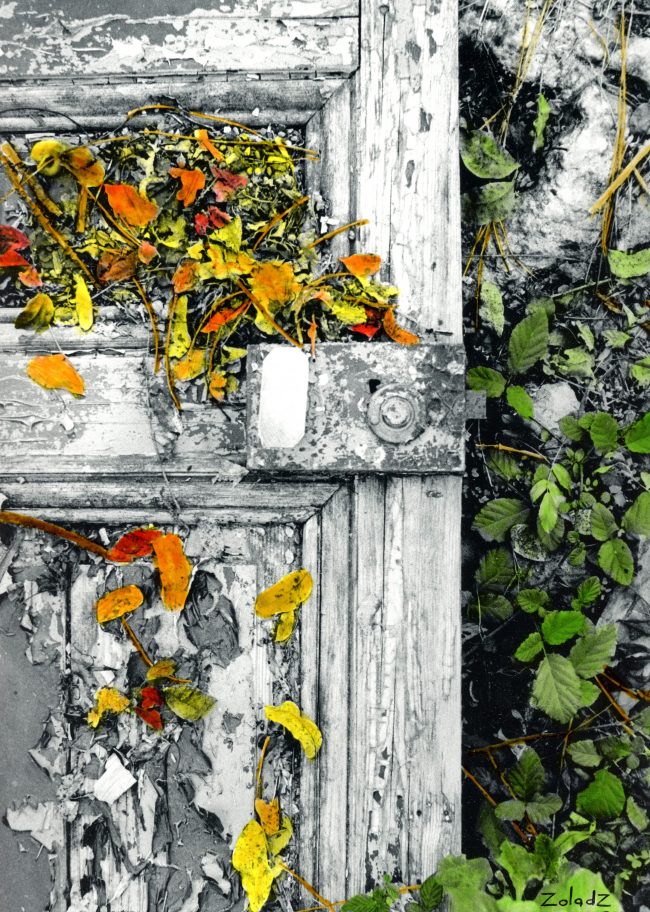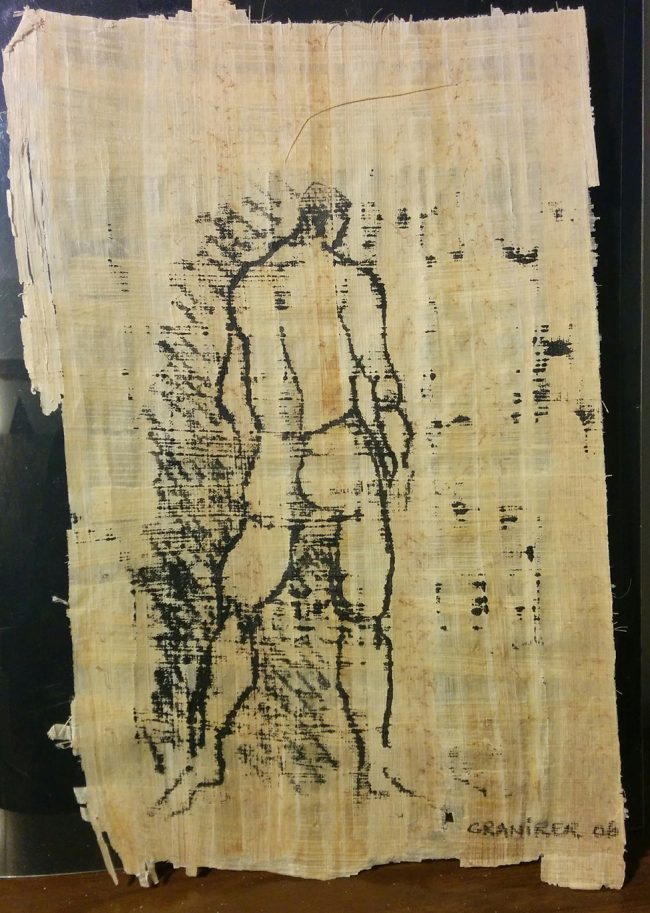Damien Hirst
“Butterfly Rainbow” – digital print
England
“Damien Hirst has admitted taking well to lockdown life as he works on cherry blossom paintings in silence and without any assistants.
The artist released limited edition rainbow prints on Monday, which will be sold to raise money for coronavirus charities.
Hirst said he had adapted well to lockdown conditions. “It is a different world isn’t it. It’s amazing how quickly you get used to it,” he said. “I looked in my wardrobe the other day and I’ve got so many clothes and I thought: why did I buy all those when I only wear joggers now?”
The artist is being taken to his studio in London every day by a driver. “It’s all manageable. I’ve got three dogs who I love and I’ve got a big garden. I feel sorry for anybody who’s not got a garden. I think human beings adapt very quickly.”
His work on huge cherry blossom paintings was going better than before the lockdown when he was helped by one or two assistants, whose jobs included mixing paint. Now he works alone, in silence.
“I used to listen to music a lot when there was more activity and people. The paintings are going more successfully, which is really strange. Maybe it’s my focus, maybe that’s why I’m not playing the music. I’m kind of getting lost in the paintings.”
The limited edition prints, entitled Butterfly Rainbow and Butterfly Heart, feature brightly coloured images of butterfly wings, one of Hirst’s best-known motifs. They were available for sale over seven days. They were being sold through HENI Editions for £300 for the small version and £1,000 for the large, and will support NHS Charities Together and the Felix Project, which is London’s largest surplus food distributor.
Justin Byam Shaw, the founder of the Felix Project, said: “We are so grateful to Damien Hirst for releasing this utterly beautiful print for Felix. Its optimism and vibrancy reflect our own attitude at this time of crisis.”
The artist said it was nice to be able to put something back. “I just think NHS workers do an amazing job. They are like soldiers, people are dying and they are dying too. All frontline workers are the greatest people in the world at the minute.”
Hirst is also enjoying interacting with the public on his Instagram page, posting updates and answering questions. His latest wheeze is to offer his paint-drenched T-shirts to people who leave the best comment.
Followers have also watched as Hirst becomes increasingly interested in his studio floor as it is covered in paint and he walks over it.
“The floor intrigues me. It seems like a better artist than me. The floor is real and the painting is an illusion, that’s what intrigues me about it.”
Damien Steven Hirst (Born 7 June 1965) is an English artist, entrepreneur, and art collector. He is one of the Young British Artists (YBAs), who dominated the art scene in the UK during the 1990s. He is reportedly the United Kingdom's richest living artist, with his wealth valued at £215m in the 2010 Sunday Times Rich List. During the 1990s his career was closely linked with the collector Charles Saatchi, but increasing frictions came to a head in 2003 and the relationship ended.
Death is a central theme in Hirst's works. He became famous for a series of artworks in which dead animals (including a shark, a sheep and a cow) are preserved—sometimes having been dissected—in formaldehyde. The best-known of these was The Physical Impossibility of Death in the Mind of Someone Living, a 14-foot (4.3 m) tiger shark immersed in formaldehyde in a clear display case. He has also made “spin paintings”, created on a spinning circular surface, and “spot paintings”, which are rows of randomly coloured circles created by his assistants.
In September 2008, Hirst made an unprecedented move for a living artist by selling a complete show, Beautiful Inside My Head Forever, at Sotheby's by auction and bypassing his long-standing galleries. The auction raised £111 million ($198 million), breaking the record for a one-artist auction as well as Hirst's own record with £10.3 million for The Golden Calf, an animal with 18-carat gold horns and hooves, preserved in formaldehyde.
In several instances since 1999, Hirst's works have been challenged and contested as plagiarised. In one instance, after his sculpture Hymn was found to be closely based on a child's toy, legal proceedings led to an out-of-court settlement.
For more information about the artist, check out: www.damienhirst.com/news/2020/damien-hirst-creates-rainbow-artwork-for-the-nhs







